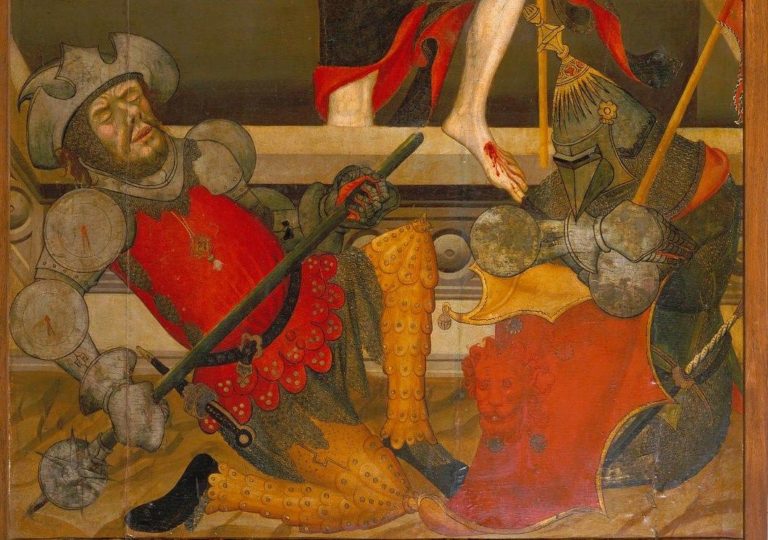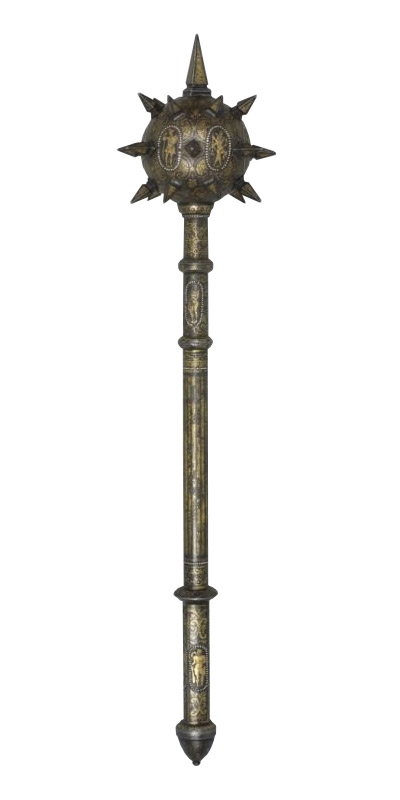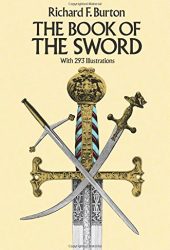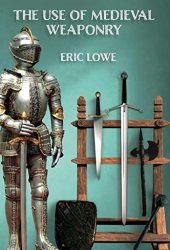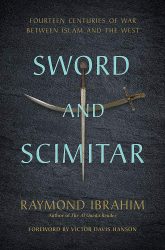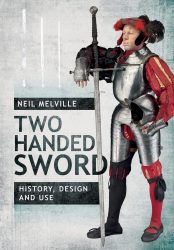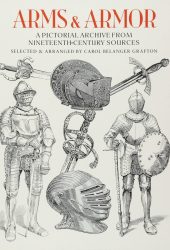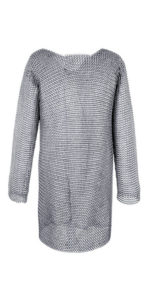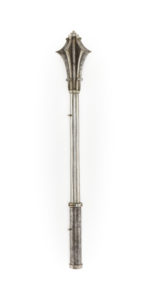The Morning Star is a club-like weapon consisting of a shaft with an attached ball adorned with spikes. This medieval weapon combines blunt-force and puncture attacks.
The Morning Star dates back to the 14th century and its use was particularly widespread in Germany (where it was called Morgenstern). They are frequently confused with the
Morning Star Flail, a wooden shaft joined by a chain to one or more iron-shod bars.
This weapon resembles a mace but has several spikes around the particle of the head. It was most frequently used by infantry and cavalry – the horseman’s version having a shorter shaft.
Morning stars could be very long. In Vienna, sixteenth century examples measure 1.35 meters (7 ft 9 in) with a 54 centimetre wide top spike.
History of the Morning Star
Morning Stars were first popularized in Germany during the fourteenth century. The name (originally Morgenstern) seems to reference the shape of the head like a star – although this is not confirmed.
The Morning Star resembles a mace, which was developed somewhat independently. As the mace transitioned to being constructed of metal, the morning star kept its wooden shaft.
There are two very impressive examples of morning stars housed in the museums of Vienna. The first measures 2.35 meters in length (7 ft 9 in) and has a separate wooden head slipped over the top of the shaft and reinforced with steel straps. The spikes are arranged asymmetrically. The second has a head entirely made of steel and four V-shaped spiked mounted o a long shaft. There are also 183 specimens in Graz, made in series in the 1600s.
Morning stars have been depicted in medieval art, carried by armoured knights. In a 1486 poem, one is mentioned and described as “a rather simple morning star with spiked mounted in an asymmetrical pattern”.
Similar Weapons
The Flail
The flail (fléau d’armes in French or Kriegsflegel in German) consists of a wooden shaft joined by a chain to one or more iron-shod wooden bars. Although flails have appeared in a multitude of movies and books, there’s no actual proof that they existed during the middle ages. As a weapon of war, the design is not food: The chain and swinging ball are extremely difficult to control.
The War Hammer
The medieval war hammer is an armour piercing weapon used mostly in the 15th century. It was mainly used in close combat.
The Mace
The medieval mace uses a heavy radially symmetric head made of stone, copper, bronze, iron, or steel on the end of a wooden or metallic handle to deliver powerful blows.
The Goedendag
The goedendag was a Flemish weapon used by the infantry. It consists of a thick wooden shaft between 1.2 and 1.8 meters long (3.9 to 5.9 ft) and slightly thicker towards the top. The goedendag is topped with a stout iron spike.
Using Morning Stars
The morning star was used by both infantry and cavalry. There were three types of weapon differing in quality.
The first was a well-crafted military type used by professional soldiers and made in series by expert weapon smiths in town arsenals.
The second was used by militia men and crafted from wood fitted with nails and spikes by a local blacksmith. For this type, the shaft and head were usually made of one piece which was sometimes reinforced with an iron band.
The third type was mostly decorative, made of metal and with a shorter shaft.
